Mastering the art of the powerful pickleball smash can turn the tide of any game, making it a skill worth honing for players aiming to dominate the court. It’s not just about brute strength; it’s about technique, timing, and precision. Whether you’re a beginner looking to make your mark or an experienced player aiming to up your game, perfecting your smash can be a game-changer.
In pickleball, a well-executed smash can intimidate opponents and score points efficiently, but it’s also a move that requires practice and understanding. Let’s dive into the fundamentals of executing a powerful smash that’ll leave your opponents in awe and give you an edge in your next game.
Fundamentals of the Pickleball Smash
Mastering the art of the pickleball smash requires a solid understanding of its fundamentals. Knowing the right stance, grip, and moment of impact can elevate a player’s game significantly. First and foremost, stance plays a crucial role in executing a perfect smash. Players should maintain a balanced and flexible position, feet shoulder-width apart, allowing for quick movements and adjustments. The knees should be slightly bent to enable explosive power as they drive the shot downward.
Equally important is the grip. A firm yet relaxed grip on the paddle maximizes control and power. Most professionals recommend the continental grip for smashes because it allows for a natural wrist snap, adding extra force and speed to the ball. Experimenting with different grips during practice can help players discover what works best for their style of play.
Timing and precision are the essence of a successful smash. Players must keep their eyes on the ball at all times, ensuring they hit it at the peak of its arc. This requires anticipation and quick reaction times, qualities that are honed through consistent practice. The point of contact is ideally in front of the body, which ensures the paddle is at an optimal angle to direct the ball downwards into the opponent’s court.
To generate powerful smashes, the player’s entire body must work in harmony. The movement should start from the ground up, with a rotation of the hips followed by the shoulders, culminating in a powerful wrist flick at the moment of impact. This chain of motions maximizes the force transferred to the ball, resulting in a more potent smash.
Understanding the strategic application of the smash is also key. It’s not merely about power but also about placement. Aim for areas of the court that are difficult for the opponent to reach, such as their backhand side or the corners of the court. Moreover, mixing up the pace and angle of smashes can throw off an opponent’s rhythm, making it harder for them to anticipate and counter.
| Key Element | Tips |
|---|---|
| Stance | – Feet shoulder-width apart – Knees slightly bent |
| Grip | – Firm yet relaxed – Continental grip recommended |
| Timing and Precision | – Hit at the peak of the arc – Anticipate and react quickly |
| Whole Body Movement | – Start from the ground up – Hip and shoulder rotation, followed by wrist flick |
| Strategic Application |
- Aim
Importance of a Powerful Smash
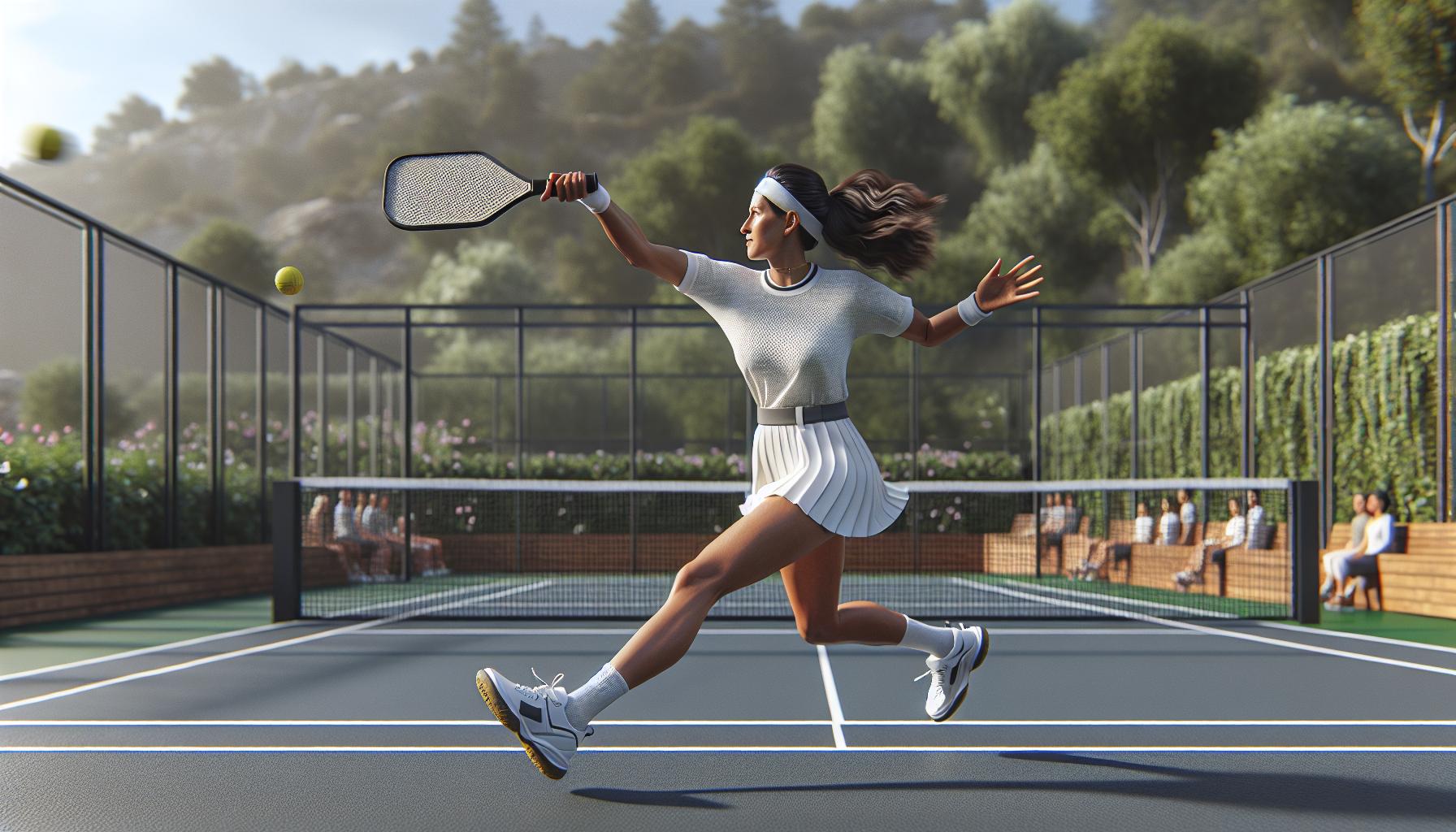
In pickleball, a powerful smash is akin to holding a trump card. It’s a skill that can instantly shift the momentum in your favor and keep opponents on their toes. A well-timed, powerful smash transforms defense into offense, putting the player in a position of advantage. It’s not just about strength; it’s the epitome of precision, timing, and technique combined.
Why a Powerful Smash Matters
A powerful smash in pickleball serves multiple strategic purposes. It intimidates opponents, signaling that they’re up against a formidable force. Such intimidation can lead to opponents making errors in anticipation of the smash. Additionally, a smash is one of the most efficient ways to score points. A well-executed smash can end rallies quickly, conserving energy for longer matches.
Furthermore, mastering the smash adds depth to a player’s game. Players who can execute a powerful smash effectively often find themselves dictating the pace of the match. They’re not just reacting to the game; they’re setting the terms. This control allows for a more dynamic and varied play style, keeping opponents guessing.
How a Smash Influences Game Dynamics
The immediate impact of a powerful smash is often seen in the opponent’s body language and play strategy. Players facing a strong smasher tend to be more cautious, which can lead to defensive errors. This shift in gameplay opens up opportunities for the smasher to exploit other areas of the court.
A powerful smash also forces opponents to adapt their positioning. They might play farther back to give themselves more time to respond, which in turn creates openings for drop shots and other strategic plays. Essentially, a proficient smasher can manipulate the flow of the game, creating opportunities where previously there were none.
The Broad Spectrum of a Smash
Executing a powerful smash requires more than brute force. It involves:
- Proper Stance and Grip: The foundation of a powerful smash.
- Precision Timing: Striking the ball at the optimal moment.
- Angle and Placement: Targeting weak spots in the opponent’s defense.
These components highlight the fact that a smash is not a one-dimensional move but a multifaceted strategy that can be honed and refined. Players who dedicate time to mastering these elements can elevate their game significantly.
Technique and Form

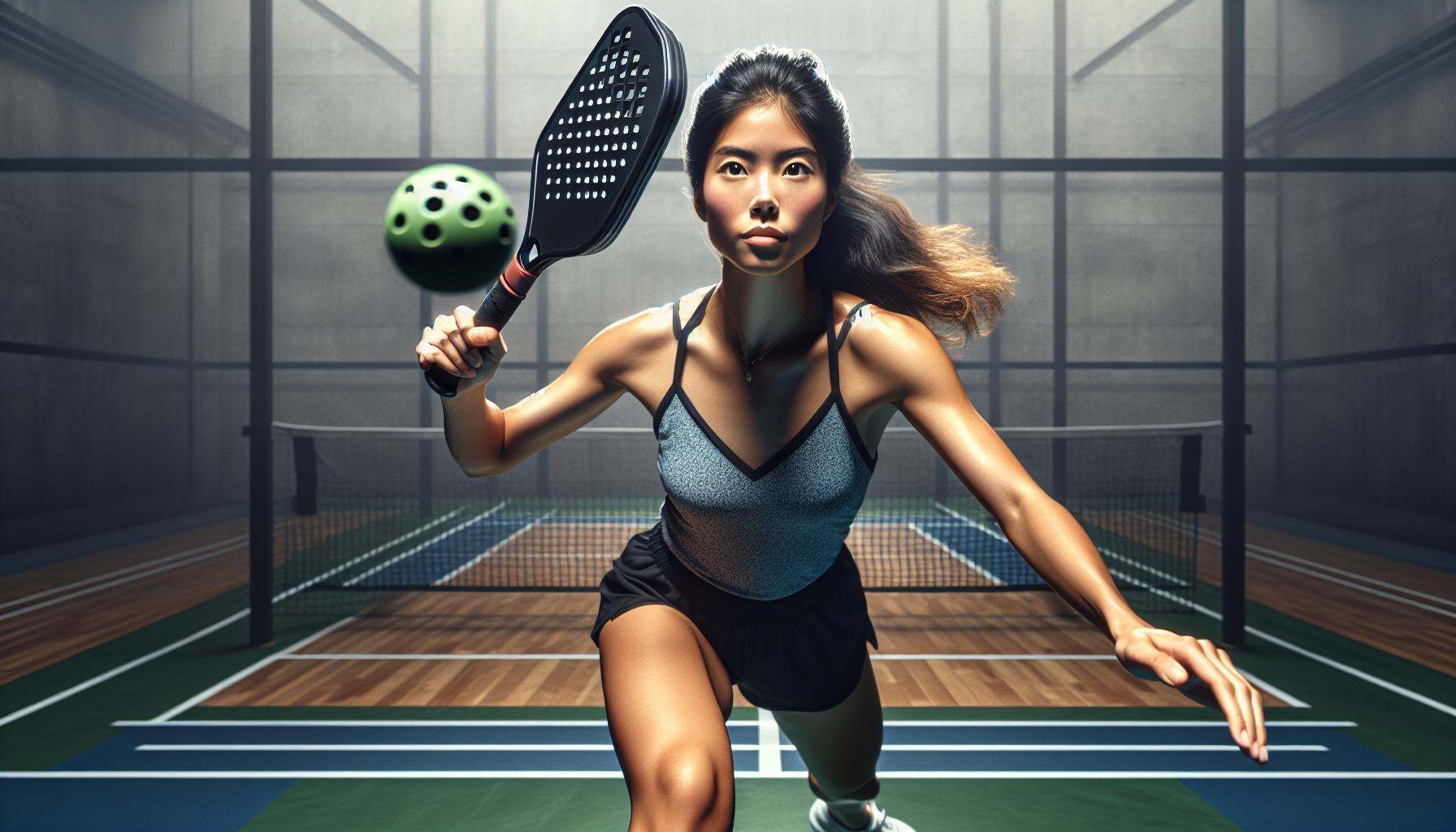
Mastering the technique and form behind a powerful pickleball smash requires understanding several key components that work together seamlessly. Beginning with the stance, players should maintain a balanced and agile position. Feet should be shoulder-width apart, knees slightly bent, and weight evenly distributed or slightly leaning forward. This stance ensures stability and readiness to spring into action the moment the opportunity for a smash arises.
The grip on the pickleball paddle plays a crucial role in executing a potent smash. Players should hold their paddle with a firm but relaxed grip, allowing for swift and fluid movements. The continental grip, where the base knuckle of the index finger is on the first bevel of the paddle handle, offers versatility and power, making it ideal for smashes.
Timing and Precision
When it comes to timing, watching the ball closely is critical. Players should hit the ball at its highest possible point, where they can generate the most power and angle their smash downward into the opponent’s court. Precision, on the other hand, involves aiming the smash strategically. Players should target areas that are difficult for their opponents to reach, such as the back corners of the court or directly at their feet, compelling them to make awkward returns.
The Swing
The swing for a powerful smash begins with the paddle back and up, preparing for a downward motion that transfers body weight from the back foot to the front. As they swing, players should rotate their torso and shoulders, channeling power from their core through their arm and into the paddle. This rotation is essential for amplifying the smash’s force without relying solely on arm strength.
The contact with the ball should be firm and confident. Players often make the mistake of hitting too hard without focus, but precision in the point of impact is what truly defines a successful smash. Follow-through is equally important; after striking the ball, the paddle should continue its trajectory downward and across the body, ensuring the full transfer of energy and maintaining balance.
Practice Makes Perfect
Like any skill, perfecting the pickleball smash comes with practice. Players should spend time working on each component of the smash – from stance and grip to timing and swing. Drills that simulate game situations are particularly effective, as they help players adapt their smashing technique to different types of balls and court positions.
Timing and Placement
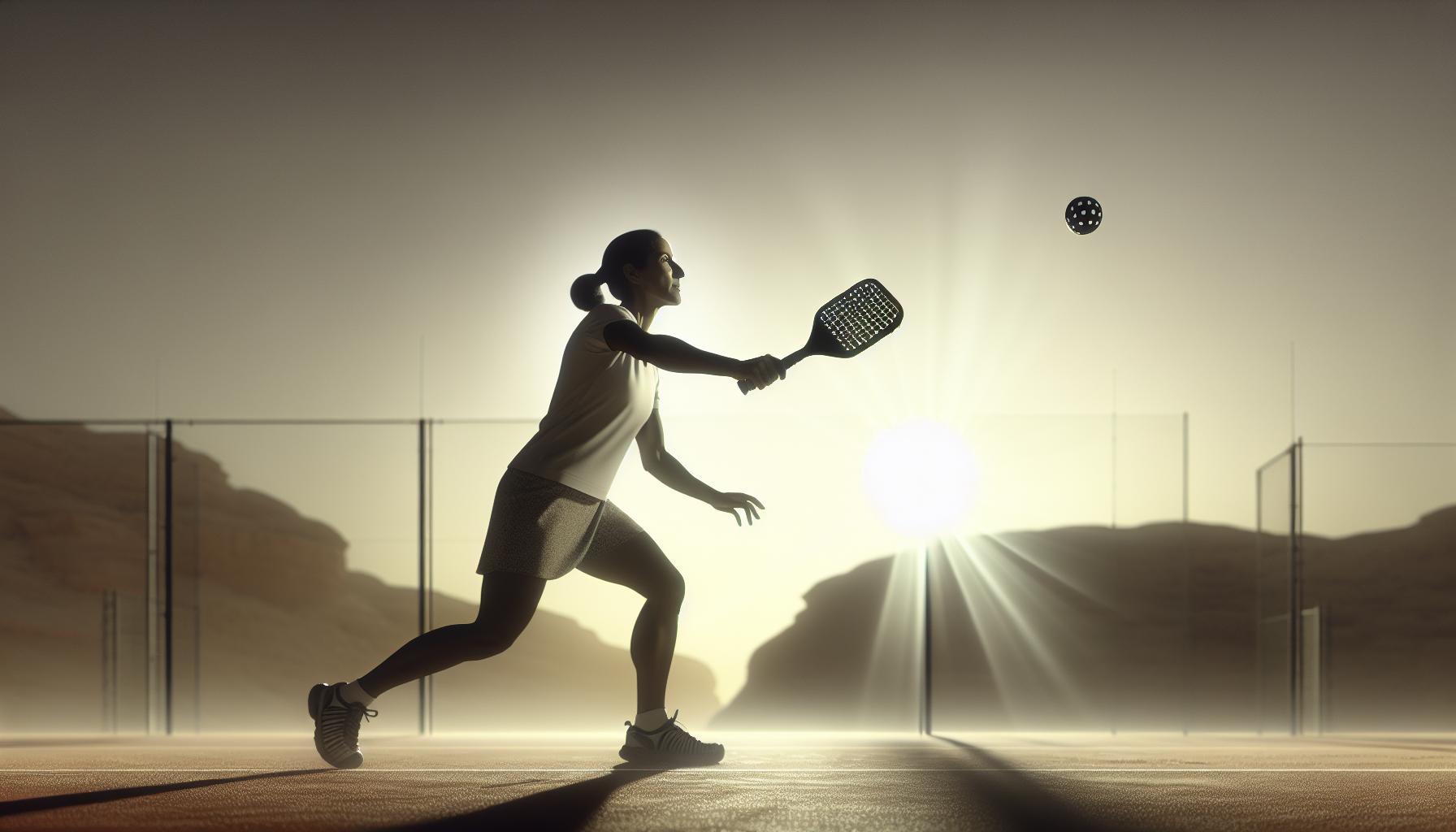
Perfecting the timing and placement of a pickleball smash is as crucial as the physical execution. Players often overlook the strategic element of timing, not realizing it can make or break the effectiveness of their smash. Proper timing involves striking the ball at the precise moment it reaches its highest point. This doesn’t only require keen observation but also the ability to anticipate the ball’s trajectory.
When it comes to placement, the goal is to make the return as difficult as possible for the opponent. Placement isn’t just about hitting the ball hard; it’s about where the ball lands on the court. A common strategy is aiming towards the opponent’s feet or into spaces that are hard for them to cover, such as the corners of the court. Key points to consider include:
- Aiming for deep corners to maximize the distance the opponent must cover.
- Targeting the opponent’s backhand, often a weaker return.
- Using the smash to exploit gaps in the opponent’s positioning.
Incorporating drills that focus on timing can substantially improve a player’s game. These drills may involve a partner or coach throwing or hitting balls at varying speeds and trajectories, helping the player practice hitting the ball at its apex. Similarly, drills that mimic game scenarios, where the player has to aim for specific areas of the court, can enhance accuracy in placement.
Players should also work on their footwork and agility. Being able to quickly position oneself under the ball, ready to execute a smash, is integral. This involves not just forward and backward movement but also lateral agility. The ability to pivot and adjust one’s position swiftly can drastically improve the timing and placement of the smash.
Visual cues are another important aspect. Players should learn to read their opponent’s body language and paddle positioning. This can provide hints on the likely direction and speed of the incoming ball, allowing the player to prepare their stance and swing in anticipation.
Mastering the timing and placement of a pickleball smash requires a blend of physical practice and strategic thinking. Players must pay attention to their positioning, the opponent’s behavior, and the ball’s trajectory. With disciplined practice focusing on these elements, the effectiveness of the pickleball smash will see significant improvement. Continual refinement of these skills through drills and game-play experience helps embed these tactics, making them instinctual actions during competitive play.
Practicing the Pickleball Smash
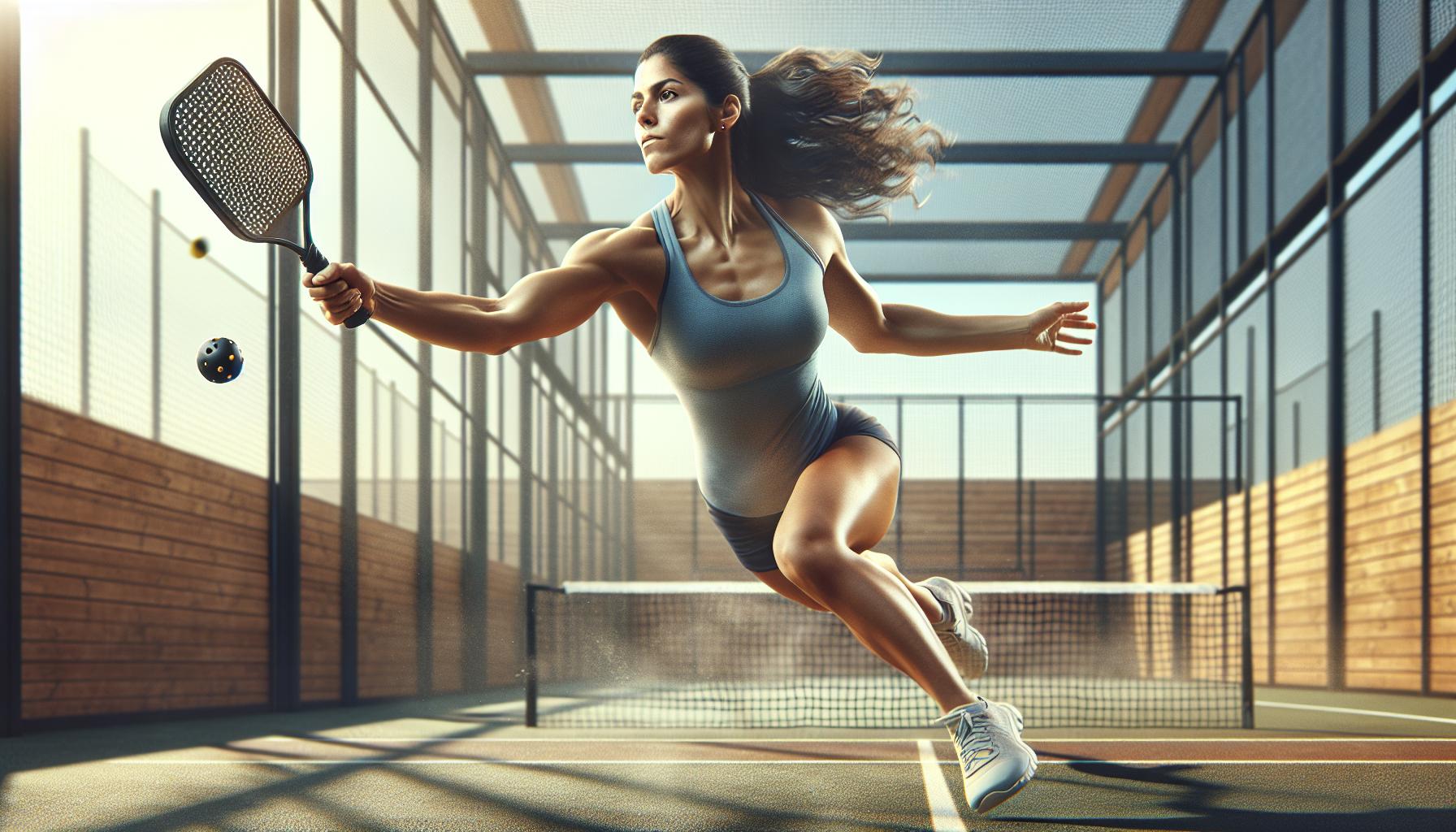
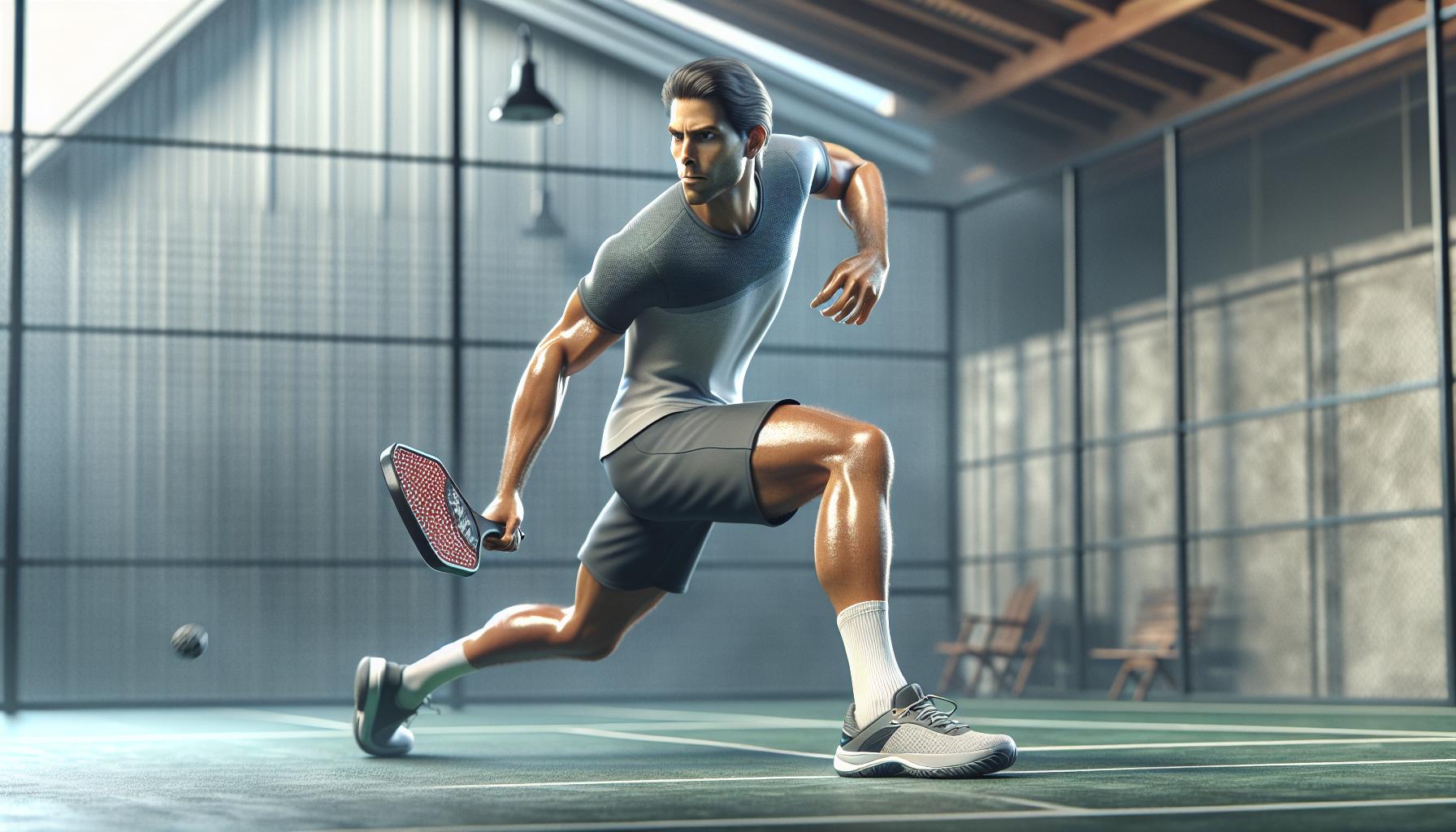
Embarking on the journey to master the pickleball smash, players soon discover that consistent practice is the cornerstone of success. To refine this potent shot, integrating a variety of drills and exercises into your training regimen can significantly enhance both power and precision.
One essential element in practicing the smash is focusing on footwork. Agility and the ability to swiftly position oneself under the ball are vital. Incorporating lateral movement drills and forward-backward sprints helps build the necessary speed and stamina. These exercises ensure that players can reach the optimal hitting position with ease, laying a solid foundation for a powerful smash.
Another crucial aspect of practice involves working on paddle grip and swing mechanics. Players should aim to maintain a firm, yet relaxed grip, allowing for better control and forceful impact with the ball. Drills that emphasize wrist flexibility and strength are beneficial, as they enhance the player’s ability to snap the wrist during the smash, injecting additional power into the shot.
To sharpen accuracy and placement, targeted practice is indispensable. Players can set up markers or use specific court zones as targets, aiming to hit these spots with their smashes. Practicing with a partner or coach who can feed balls at varying heights and speeds allows for a more dynamic and challenging workout, simulating real game scenarios. This methodical approach not only boosts precision but also aids in developing a keen sense of timing, teaching players to strike the ball at the apex of its bounce.
Incorporating technology into training sessions can offer players unique insights into their performance. High-speed cameras and motion tracking devices can analyze the mechanics of the smash, providing visual feedback on areas for improvement. Additionally, wearable tech that monitors physical exertion and heart rate can help in optimizing the intensity and duration of practice sessions, ensuring that players train efficiently without the risk of overexertion.
Engaging in competitive play or tournaments, even at a local level, presents an invaluable opportunity for players to apply their skills under pressure. Match play conditions can’t be replicated in practice, and facing opponents with diverse playing styles forces players to adapt and refine their smash technique in new ways. It’s in these high-stakes moments that the true effectiveness of a player’s smash is tested, with strategic placement and power making the difference between winning and losing points.
Conclusion
Mastering the powerful pickleball smash is a journey that requires patience, practice, and a deep understanding of the game’s mechanics. By focusing on stance, grip, timing, and placement, players can develop a smash that not only scores points but also intimidates opponents. Remember, the key to a successful smash lies not just in power but in the precision and strategic placement of the shot. Incorporating targeted drills, leveraging technology for feedback, and gaining experience through competitive play will significantly enhance your ability to execute this game-changing move. So grab your paddle, hit the court, and start smashing your way to victory.

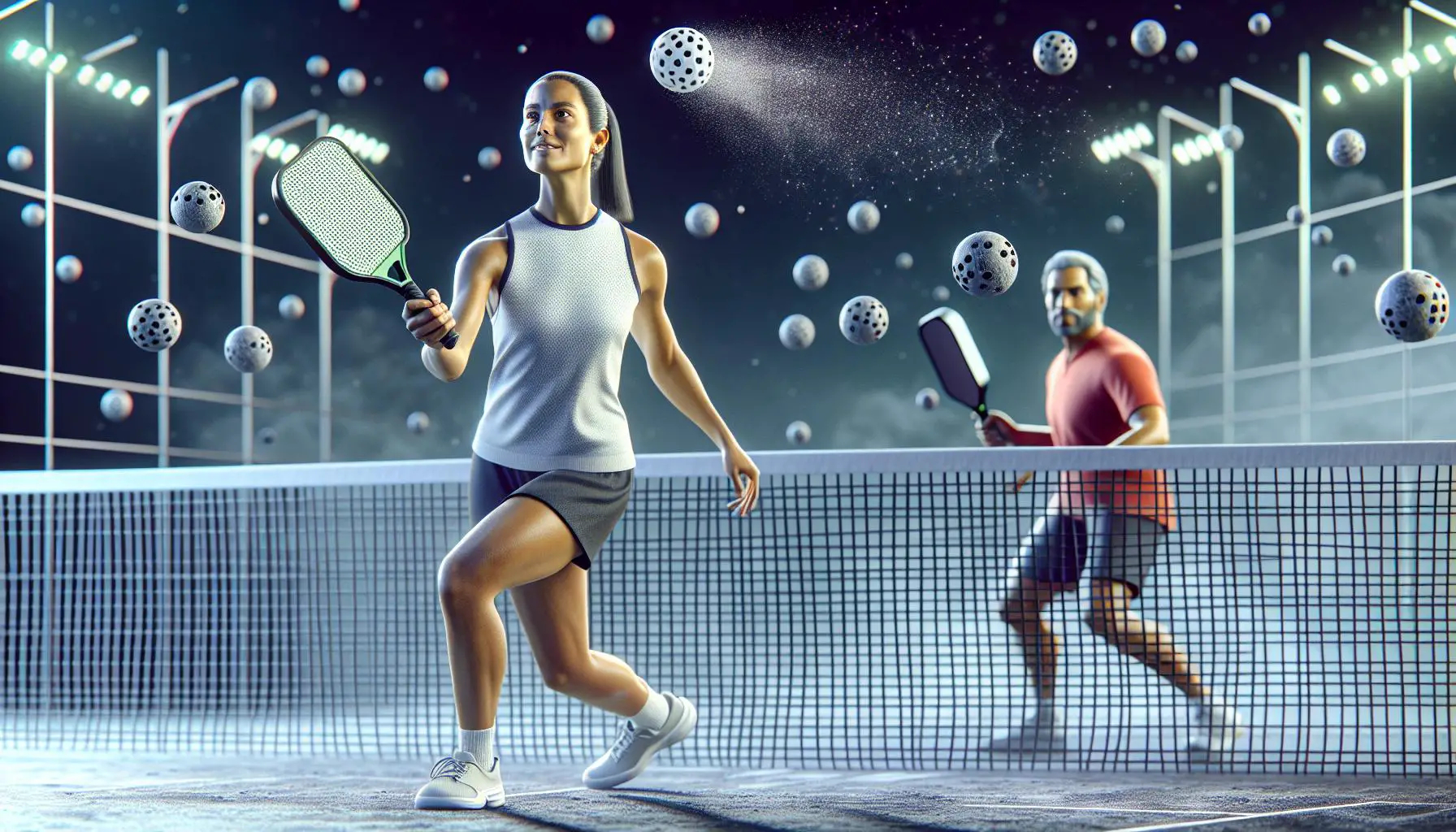









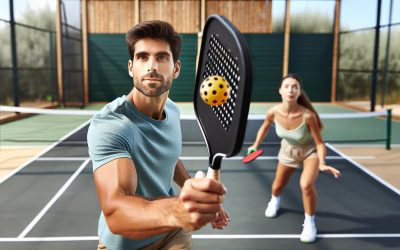
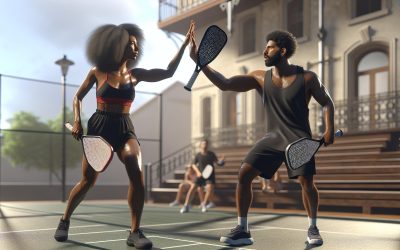
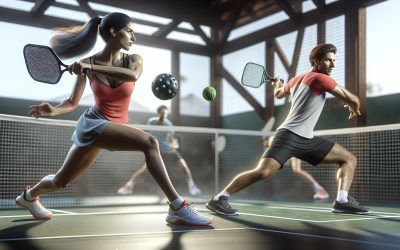
0 Comments